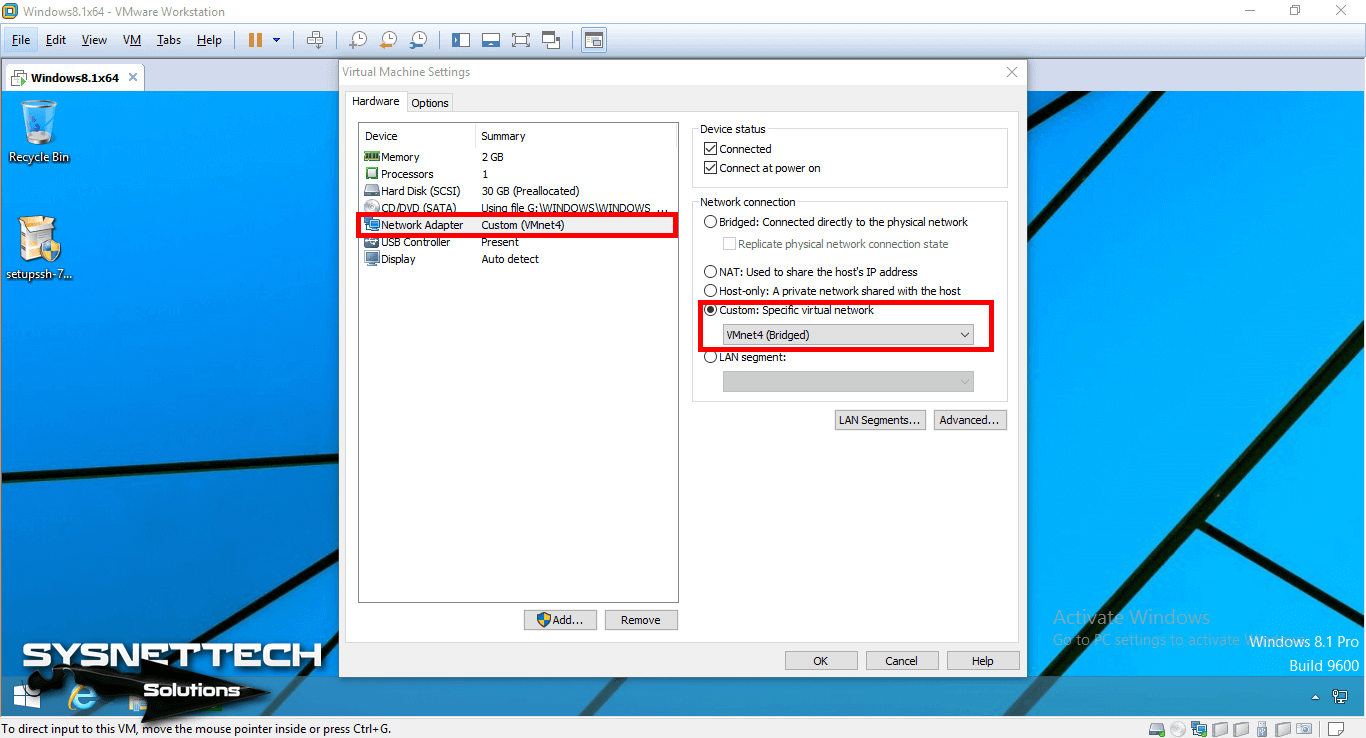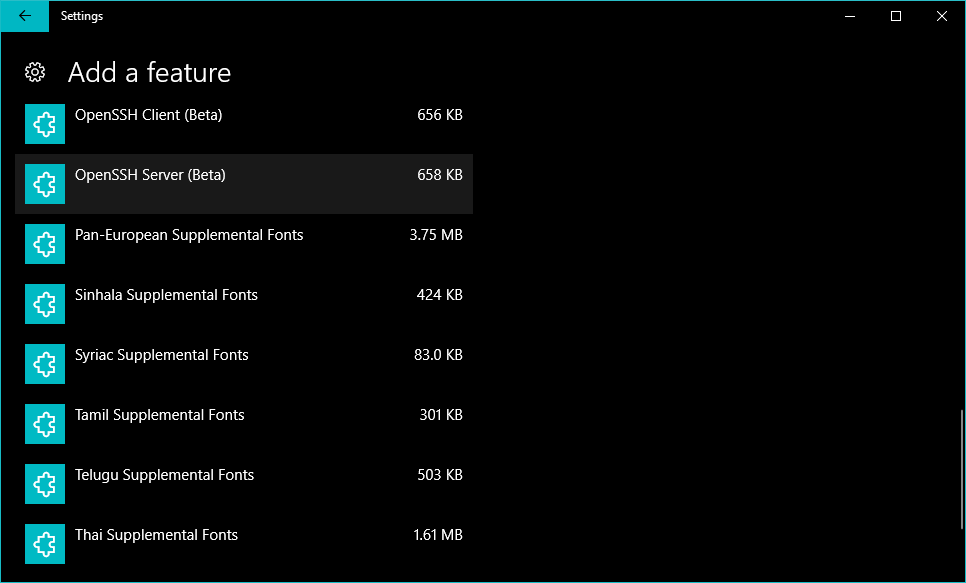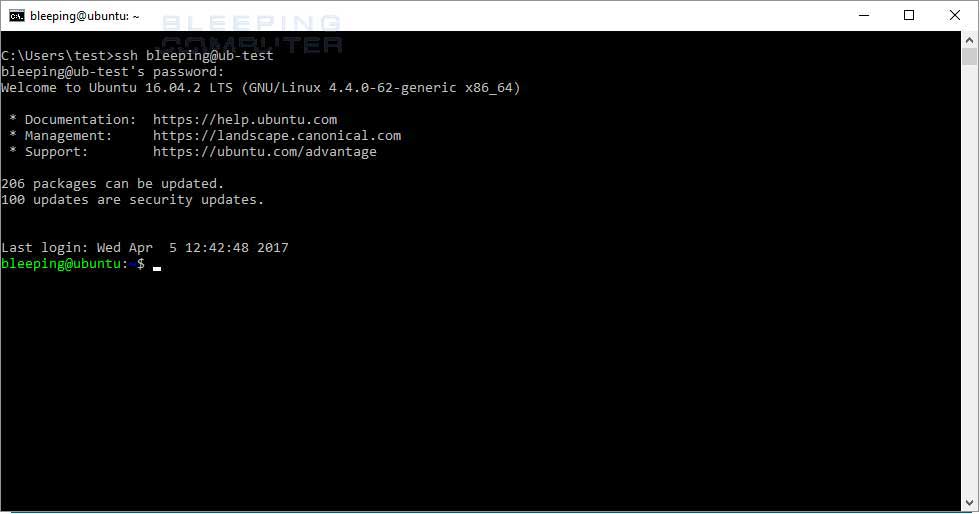
- #Windows 10 openssh server how to
- #Windows 10 openssh server install
- #Windows 10 openssh server update
PS C:\WINDOWS\system32> ssh -+- living computers museum + labs REMOTE ACCESS -+. This path has been appended to the SYSTEM PATH environment variable, making it possible to start ssh directly from any cmd or powershell terminal session. After the reboot, the openssh client binaries can be found under the path c:\windows\system32\OpenSSH.
#Windows 10 openssh server install
Then install the capability: PS C:\WINDOWS\system32> dism /online /Add-Capability /CapabilityName:OpenSSH.Client~~~~0.0.1.0 Deployment Image Servicing and Management tool Version: 9.15 Image Version: 9.64 Īfterwards, a reboot is required. PS C:\WINDOWS\system32> dism /online /get-capabilities | findstr /i "OpenSSH.Client" Capability Identity : OpenSSH.Client~~~~0.0.1.0 First find out the exact feature name, as it might change with future Windows updates. The openssh client is a Windows capability (aka a “Feature on Demand V2”). If the user has local Administrator privileges on the remote system, the remote session is automatically elevated even if UAC is enabled on the remote system.īoth the ssh client and the ssh server features are a bit hidden and need to get activated and configured: Enable OpenSSH client Input redirection and interactive commandline applications have been working for me so far. It opens with a cmd.exe session by default. Great Windows terminal support: Other than psexec (and partly PSSession), opening an ssh session to a Windows host feels great.At least for me, it feels much less exotic then WinRM configuration.

#Windows 10 openssh server how to
Everyone who has ever enabled an ssh server on a Linux box knows how to do it.
#Windows 10 openssh server update
Then the exact version depends on the installed version of the Windows Management framework - a Windows update that is often not consistently deployed in the same version to all computers in large Enterprise networks. First, it needs configuration (ideally with TLS certificates, which make the setup more complicated). While WinRM is great in theory, in my personal taste it has always a bit annoyed me. Enter-PSSession ) as well as tools like Ansible. WinRM is the modern Remote Execution framework in Windows, that is being used as a backend both by Powershell (i.e. I know many admins using it on a daily basis on their local network, but it is a security nightmare, doesn’t allow multiple sessions to the same host, it has issues with UAC and if you open a remote cmd.exe shell with it, there are annoying limitations such as no tab auto-completion and no support for executables that require input redirection. The tool installs a Windows service on a remote machine via RPC that provides a server, to which it then connects.

So far, there have been two popular options for getting a remote terminal session to Windows machines: psexec and WinRM (aka Powershell Remoting).

The new Windows-native OpenSSH server of Windows10 1709


 0 kommentar(er)
0 kommentar(er)
